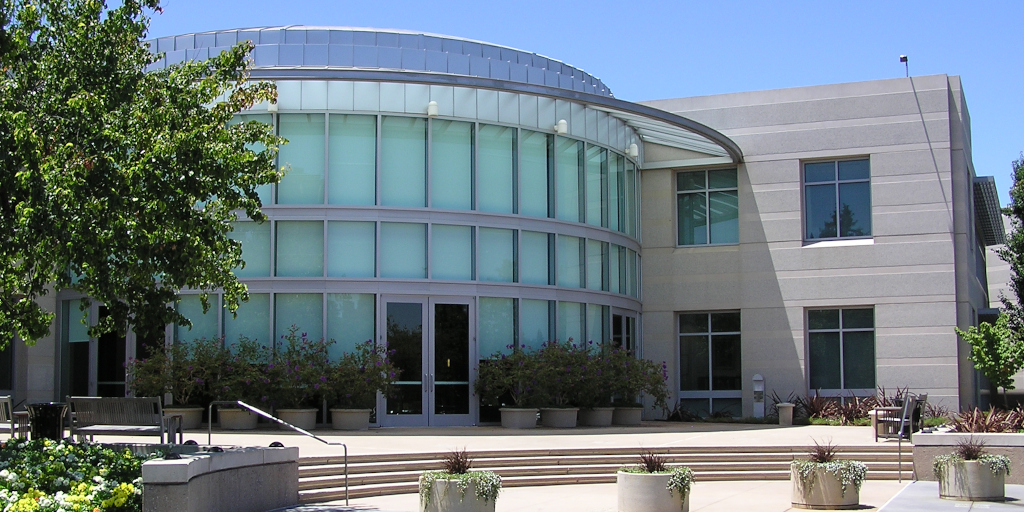It took exactly eight days for the Linux Foundation to announce they’ll be hosting a fork of the last open source version of the popular Redis key value store after its owner announced a license change to the SSPLv1, a source-available (non-open-source) license. The fork is well supported by industry heavyweights, and it appears industry is getting a hang of this practice.
Clearly, this will dampen any enthusiasm for the single-vendor open source business model, at least for infrastructure components. To be successful, open source infrastructure components require (predominantly) permissive licensing, otherwise its customers (other vendors) won’t use and later won’t buy. Permissive licensing makes forking more palatable and hence provides the seed for the vendor’s potential demise at the hands of a community fork.
This begs the interesting question: What now? Will an industry practice of creating community forks of successful single-vendor open-source software kill any entrepreneurship around such components? Venture capitalists, who fund the corresponding startups, expect returns that alternative open source business models like consulting services cannot provide.
One obvious answer is that the days of the open-source go-to-market strategy are numbered and that startups will start with source-available licenses right away. At least initially, this will create more friction and less innovation, because of the legal uncertainties around source-available licenses. Users will want clarity on what it means to compete with the vendor behind the source-available code and that probably requires clarification in the courts.
Are there other strategies beyond plain single-vendor open source and source-available? I think so, but it will require more effort on behalf of the vendor. The vendor will have to forestall the community fork with a foundation that balances the vendor’s with the community’s interests. Basically, the balance of benefits needs to shift away from the vendor more to the community, to an extent that a community fork for commercial purposes by a competing foundation is frowned upon.
Such type of commercial open source foundation still needs to be designed and implemented; we’ve got our work cut out for us.
Updates on 2024-03-29: Thanks to @jimjag and @msw for pointing out mistakes in the original post from yesterday, now fixed above.









Leave a Reply